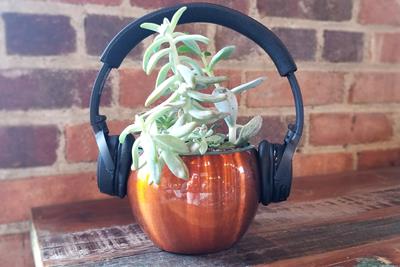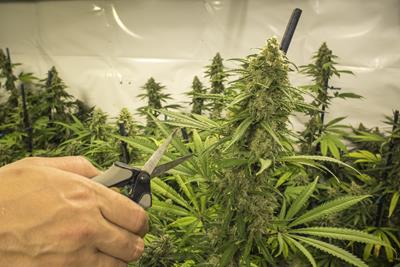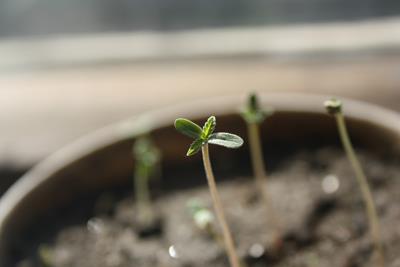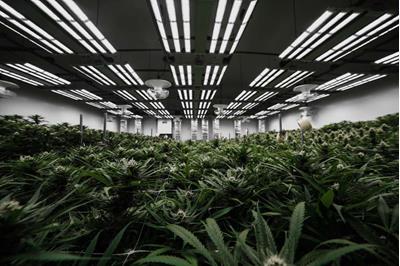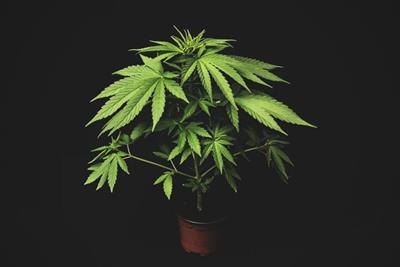
Tuesday December 21, 2021
By Erin Hiatt
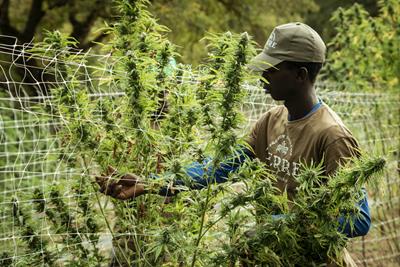 Growing
Growing
It’s amazing how quickly the world can change, isn’t it? In the past 25 years, cannabis has moved from an illicit substance relegated to the shadowy corners of the illicit market to an “essential” industry amid COVID-19. In many states, local cannabis laws allow you to grow your own, and why not? When you grow your own, you can do your own quality control, know the purity of your product, and manage your own supply.
Luckily, you can start your own grow in a container as small as a flower pot. If you’ve got some space in your yard to grow weed outdoors, even better. So this may leave you wondering, when should I plant my cannabis outdoors? Luckily, there are some general date ranges to help guide your growing plans.
Regardless of which climate you’re starting in, when Spring Equinox comes around, start germinating your seeds. Make sure those plants get outside by Summer Solstice in June, then harvested around Fall Equinox.
For more specifics about how to protect your outdoor cannabis grows from the elements or whether you should grow indoors, outdoors, or in a greenhouse, check out the linked articles. Better yet, look into a book by celebrated cannabis growers like Ed Rosenthal’s Marijuana Grower’s Handbook, and of course, every green thumb’s favorite, The Farmer’s Almanac.
For a (shallow-ish) deeper dive into what to expect when growing cannabis outside, here’s a look at optimal grow times for regions across the U.S.
When to Grow Weed Outdoors by Region
Northwest (Northern CA, OR, WA)
When you grow outdoors in this loamy region you’ll never have to worry about getting enough rain. However, mold development and lack of sunshine can make growing outside a more difficult proposition.
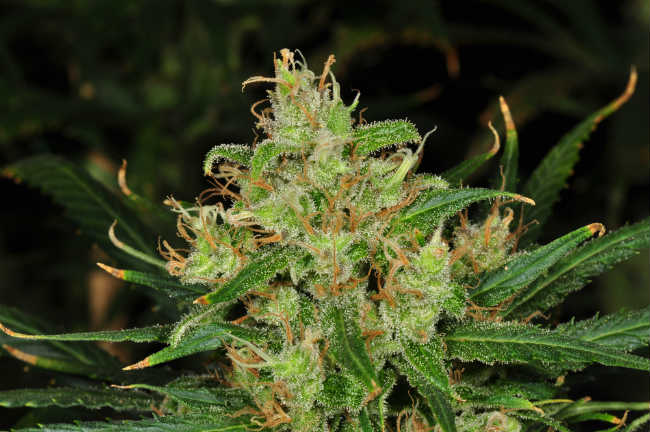
Hybrids that flower earlier are suggested as the most successful grows, especially in Washington and Oregon. California plants can be put in the ground earlier due to the region’s warmer weather. Your best clue indicating that it’s time to start your outside grow is when daylight hours increase and the temperature starts to warm.
Midwest (IL, MI, Eastern CO)
This region is tricky because the weather is highly variable; rainy and muggy, and/or hot and dry. Winter may come early to this region, so choosing an indica-dominant hybrid strain might be your best bet, since their flowering times are shorter. Try to shoot for germination after the final frost of spring has passed in these regions.
Northeast (NY, MA, ME, VT)
With its rich soils and abundance of water, the northeast region can be a great place to grow cannabis outdoors, especially if you choose an early harvest strain that can finish up before fall kicks in. The best time to move your plants outside in this region is the middle of April, when days are longer.
Southwest (Southern CA, NV, AZ, NM, CO)
If you choose to grow outdoors in this scorching climate, be prepared to pay attention to the temperature, where highs that regularly exceed 100 degrees Fahrenheit will slow your plant’s growth. Sativas and sativa-dominant hybrids do well in this environment because of their lineage tracing back to the equator, where the weather is uniformly hot.
However, the dryness of the region means you’ll also have to carefully monitor your watering routines. Before moving your plants outside, make sure the last frost has passed. This last note is especially important in this region, as sudden, sporadic snowfall is common, so keep an eye on the weather.
Southeast (FL)

Though home cultivation is not yet allowed in the Sunshine State, many new medical producers getting into the industry are starting to grow outdoors, and there are a few things to be aware of if you’re licensed in the industry. The temperatures in Florida might be good for cannabis growing, but the humidity definitely is not.
In fact, because of all that moisture in the air, it’s best to avoid indica strains and grow sativas instead to avoid the mold that inevitably comes along with humidity. In this region, you could start the germination process as early as February. Just make sure that the last frost has passed before moving plants outside.
Conclusion
Of course, there are many different factors that go into the timing of an outdoor grow, and the weather will shift year-to-year. Use these estimates as rough guidelines and adjust as needed. Happy growing!
What’s the best time to plant outside in your area? Share in the comments!



